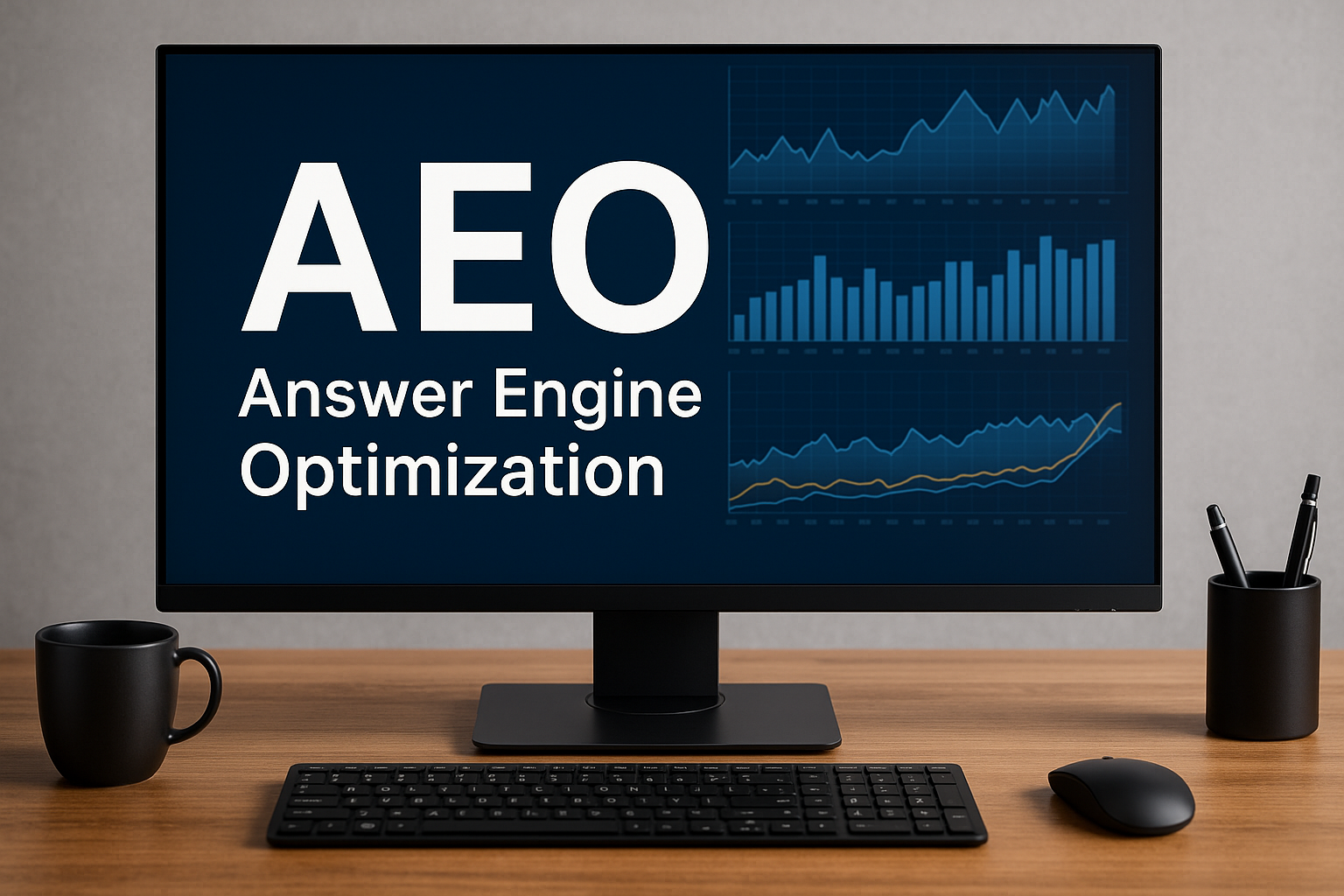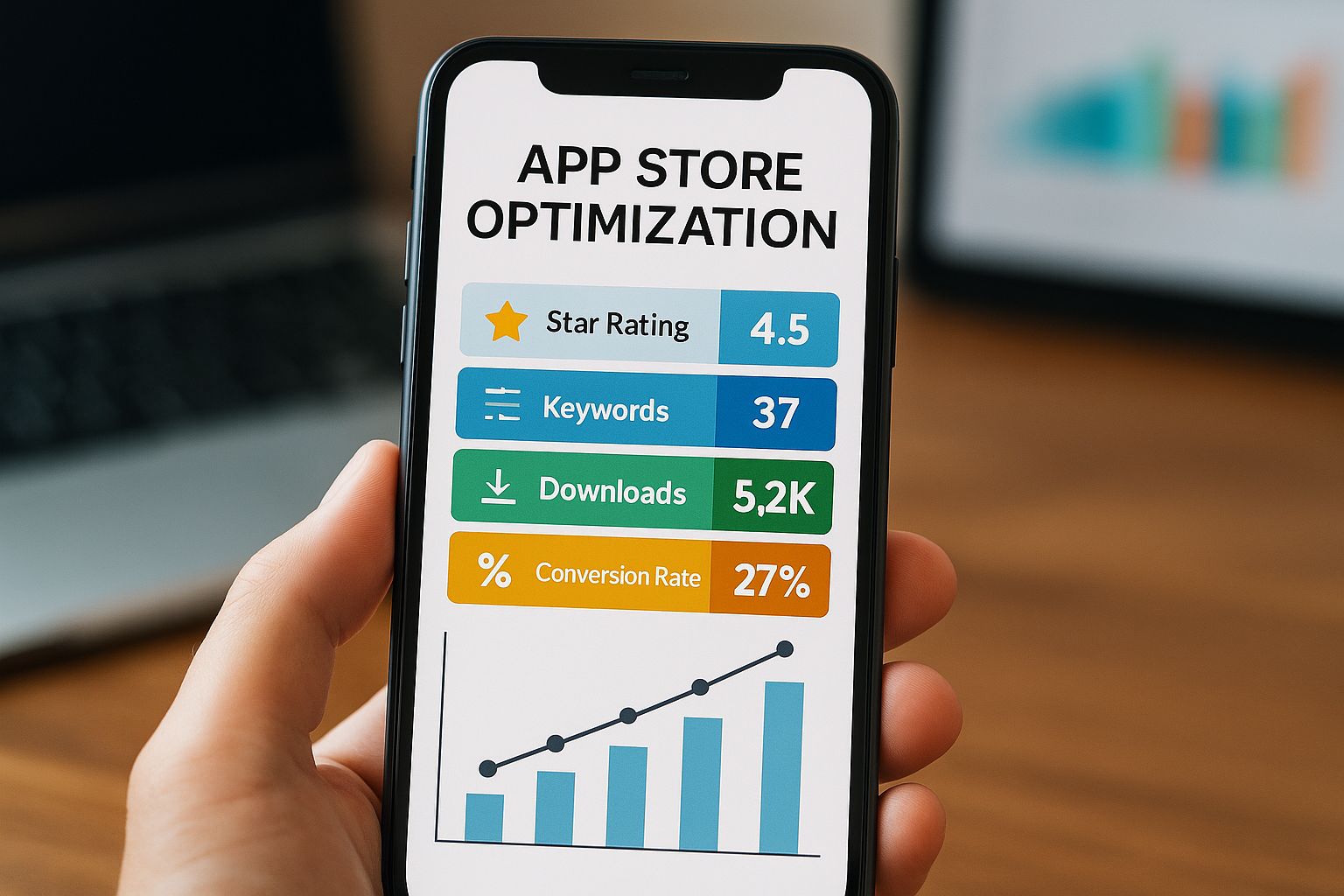
Search is evolving faster than ever.
With AI chatbots, voice assistants, and generative search engines now shaping how people find information, traditional SEO can no longer guarantee visibility.
As we move into 2026, brands that adapt to this change will dominate digital visibility, and the approach leading that shift is called Answer Engine Optimization (AEO).
In this guide, we’ll unpack what AEO means, why it matters now, and how you can align your SEO strategy for the AI-driven search era ahead.
What Is Answer Engine Optimization (AEO)?
Answer Engine Optimization (AEO) is the practice of optimizing your content so that AI-powered search engines, such as Google’s Search Generative Experience, ChatGPT Search, or Perplexity AI, can easily understand, cite, and summarize it as the most relevant answer to a user’s question.
Instead of competing for clicks in traditional search results, AEO helps your content be the answer itself, the one featured in AI chat responses, voice search results, or zero-click snippets.
Why AEO Matters as We Enter 2026
The SEO landscape has reached an inflection point:
- Generative AI search is replacing traditional SERPs.
- Zero-click queries now represent more than half of total searches.
- Voice and chat interfaces are rapidly becoming the default discovery tools.
By early 2026, these trends will only accelerate. That’s why AEO is not a “next-year” tactic, it’s a right-now competitive advantage.
AEO vs Traditional SEO
| Traditional SEO | Answer Engine Optimization (AEO) |
| Focuses on ranking web pages | Focuses on being the cited answer |
| Prioritizes backlinks & keywords | Prioritizes context & clarity |
| Measures clicks and impressions | Measures mentions and visibility in AI engines |
| Competes for SERP placement | Competes for AI and voice inclusion |
AEO extends, not replaces, SEO. It applies the same fundamentals (technical health, authority, user intent) but formats content for machine understanding and conversational retrieval.
How to Optimize for AEO in 2026
Target Real Questions, Not Just Keywords
Identify high-intent question queries using tools like:
- Google’s People Also Ask
- AnswerThePublic
- AlsoAsked
Structure content to answer each question directly within the first few lines, using clear, conversational phrasing.
Structure Content Like an Answer
Use H2/H3 headings phrased as questions, followed immediately by short, factual answers.
Example:
How does AEO help SEO performance?
AEO helps your site appear in AI-driven answers by structuring data for machines to interpret and cite easily. This layout increases the odds of your content appearing in featured snippets, voice responses, and AI citations.
Add Schema Markup for Clarity
Implement FAQ, How-To, or Article schema using Yoast or Rank Math.
Structured data makes your page easier for search engines and AI models to parse accurately.
Keep Your Language Conversational & Trustworthy
Generative AI favors clear, natural writing.
- Avoid keyword stuffing.
- Use transition words for flow.
- Add cited sources and internal links (e.g., to GA4 attribution or server-side tagging posts on Y77).
These signals improve both readability and E-E-A-T (Experience, Expertise, Authoritativeness, Trustworthiness).
Track New Metrics
In 2026, SEO success isn’t just about clicks.
Measure:
- Voice and chat mentions of your brand
- Zero-click impressions
- Average position in generative search results
- Branded query growth
These reflect true visibility in the answer-based web.
Real-World Example
A SaaS client optimized its content for AEO by reformatting “How to Set Up Server-Side Tagging” into a step-by-step Q&A article with schema markup.
Within 45 days, it began appearing as a cited source in both Perplexity and Bing Copilot search answers, generating a 38% lift in organic conversions without extra ad spend.
The Future: From Keywords to Context
By early 2026, we’ll see SEO shift permanently toward contextual visibility, where engines prioritize comprehension over keyword matching.
Brands that invest in Answer Engine Optimization now will lead this transition, securing visibility long after traditional ranking tactics lose impact.
The search experience is being rewritten in real time.
Answer Engine Optimization (AEO) ensures your brand isn’t left behind as AI engines replace traditional search results.
The goal is simple: don’t just rank, be the answer.
At Y77, we help brands strengthen their analytics and search foundations for the AI-driven era. The web is changing, and clarity now drives visibility.

